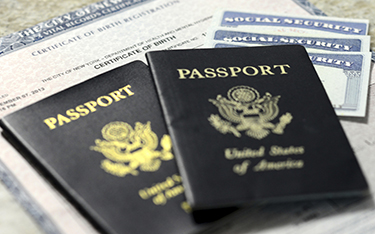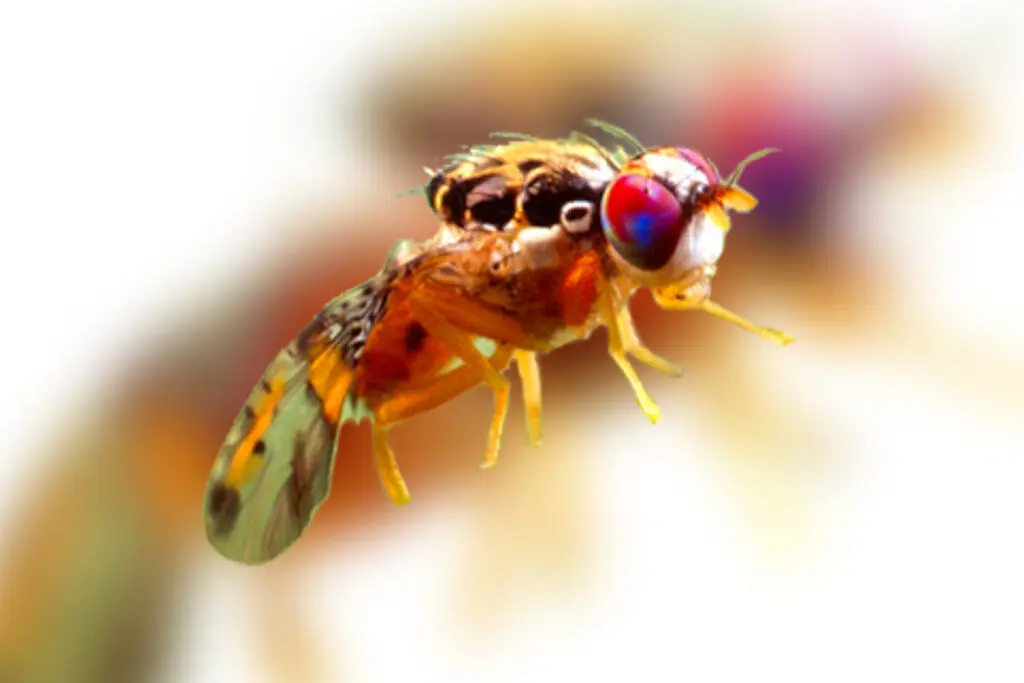What is the H5 Bird Flu? According to The CDC, “The H5 Bird Flu is widespread in wild birds worldwide and is causing outbreaks in poultry and U.S. dairy cows with several recent human cases in U.S. dairy and poultry workers.” While the current public health risk is low, the CDC (Centers for Disease Control and Prevention) is watching the situation carefully and working with states to monitor people with animal exposure.” CDC is using its flu surveillance systems to monitor for H5 Bird Flu activity in people.
Wild birds are very dangerous in terms of infections. Wild birds can be infected with HPAI (Highly Pathogenic Avian Influenza) and show no signs of illness. However, they can carry the infectious disease to new areas while migrating which may result in the virus being exposed to domestic poultry. So far, there have been 66 confirmed total reported human cases in the U.S. and there has been 1 death associated with H5N1 Bird Flu infection in the United States.
Avian Influenza is normally spread through cows, birds, and other animals. There are many subtypes of the Avian Flu, the most common ones being Influenza A(H5N1) and Influenza A(H7N9). Influenza A(H5N1) can infect mammals that have been exposed to infected birds, which can cause humans to contract this disease. Avian Influenza A(H759) is a subtype of influenza viruses that has been detected in birds in the past.
The most severe symptoms of the bird flu are dyspnea(shortness of breath), conjunctivitis (pink eye), nausea, and vomiting. Although the bird flu is very dangerous for humans, the H5 bird flu normally doesn’t spread from human to human. Next, there are many difficulties around the H5 bird flu. The flu could increase the risk of human infection near an outbreak of a large number of birds and other animals, affect wildlife, and reduce food supply. Also, foods like egg and chicken would be reduced or the price would increase and farms would be short on food supplies because of the outbreak of infections throughout wild bird populations.
In the United States, most people get bird flu in California, Colorado, Iowa, Louisiana, Michigan, Oregon, Texas, Washington, and Wisconsin. The reason these places make it more likely for people to get bird flu is because there is more exposure to wild birds and other animals that have been infected by those birds.























